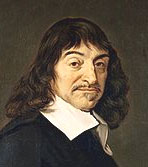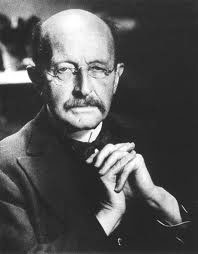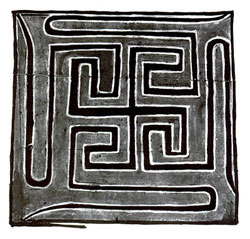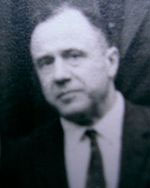By Ac. Krtashivananda
The evolution of modern science was preceded by the philosophical developments of Rene Descartes in the 17th Century that established a strong belief in spirit-matter dualism. [Around the same time] Isaac Newton published his mechanist worldview, which saw matter as something inert, organic and indestructible. This was the foundation of modern science and natural philosophy, and it has continued for three centuries. Towards the beginning of the 20th century, new discoveries in science transcended the limitations of Newtonian concepts and proved that they did not have absolute validity.
The discovery of the electromagnetic field brought a new idea about light – that it is a rapidly alternating electromagnetic field travelling through space in the form of waves. Today we know that radio waves, light waves and X-rays are all electromagnetic waves, differing only in the frequency of oscillation.
Ernest Rutherford, in his experiment with atoms, used alpha particles emitted from a radioactive substance to bombard gold atoms. He found that far from being solid and physical particles, atoms consist of vast empty regions of space in which incredibly tiny particles – electrons – orbit around a nucleus to which they are attached by electrical forces.
In its attempts to discover the fundamental building blocks of matter, Western science so far proceeded by dividing and re-dividing matter into smaller and smaller sub-units. But after the discovery of sub-atomic entities such as electrons and protons, which display the properties of both particles and waves, modern science found itself faced with fundamental conceptual problems in its attempt to describe the building blocks. To resolve the apparent contradiction that matter could be both waves and particles.
German physicist Max Planck suggested at the end of the 19th Century that light and the energy of heat radiation are not emitted continuously, but in the form of ‘energy packets’ called quanta. His quantum theory and Einstein’s subsequent discovery that light and matter are interchangeable changed classical notions about matter. The primordial substance of the universe now appears to be wave/particles and quanta. But in terms of classical physics the wave/particle and quanta possess no reality, because both waves and particles are mutually exclusive types of entities. This created a paradox for modern science.
Tantra and quantum theory reveal a startling similarity in their descriptions of matter. The Tantric concepts of ‘bindu’ (point) and ‘nada’ (vibration or wave) are identical to the concept that matter is both wave and particle. A point, in mathematical terms, has no magnitude. In Tantric science, vibrations with finite wavelengths are in wave form emitting various sounds and lights, and a vibration with infinite wavelength is a straight line which has been assumed as the state of Consciousness.
Hence in Tantra, only Consciousness, in a state of infinite wavelength, supposed to be encompassing the whole universe, and simultaneously is also a bindu (point) with no measurable dimension. When the Creative Principle (Shakti) exerts pressure on Consciousness, the infinite wavelength transforms into a finite wavelength, and the
result is the universe that we can perceive with the senses. When our limited mind observes matter through the sensory organs and considers it in terms of isolated objects, separate from Consciousness (spirit), it is seen to be made up of many particles (bindu) and physical objects(conglomeration of particles) extended in space. But when matter is conceived as a metamorphosed form of Consciousness, the three-dimensional character of physical objects transforms into one dimension and becomes a single point – a bindu, which, according to Andre Padouse, is ‘le point sans dimension’, [just as Western science defines a point.]
Tantra claims that there is no ultimate division between Consciousness and reality. It defines three stages of Consciousness: the first is the un-manifested state where the wavelength is infinite; the second is the dualistic transformation of Consciousness, where the object (matter) is viewed as apart from self; the third is the state of awareness of ‘I’ feeling. Ultimately, the duality between the individual and Cosmic Consciousness disappears – unity in diversity becomes a reality.
This view resembles Wheeler’s conception of quantum intra-connectedness, that every point in space-time is connected via the quantum foam to every other point in space-time. This suggests that the universe is `omnijective – a term from New Physics meaning that all objects in the universe are interconnected. This conforms to the Tantric view, though Tantra recognises subjective intra-connectedness also. One problem in science that it tries to explain reality in terms of language, which has its own limitations. In the language of Werner Heisenberg, “The problems of language here are really serious. We wish to speak in some way about the structure of atoms… But we cannot speak about atoms in ordinary way.”
Intuitional scientists, on the other hand, try to know reality by becoming one with the object or subject. Hence they conclude that truth in this scenes can be realised, but cannot be always expressed in language. At any rate, New Physics is gradually acknowledging the truth discovered by the spiritualists thousands of years ago.




